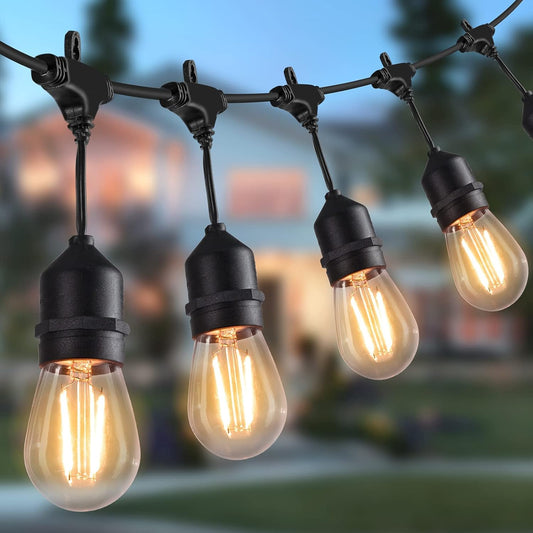The relationship between LED chips and LED beads
LED chips are solid-state semiconductor devices that can directly convert electricity into light. It is the heart of LED beads. The LED bead is composed of attaching one end of the LED chip to a bracket, with one end being the negative electrode and the other end connected to the positive electrode of the power supply, so that the entire chip is encapsulated by epoxy resin.
The concentration and range of light between the two are different: The angle of the LED beads is made very small, which means the light is relatively concentrated and has a long range, but the illumination range is limited; The general angle of LED patches is very large, which results in scattered light and a wide illumination range, but the range is relatively short.
Different lighting methods are used: LED beads use discharge to emit light, while LED patches use cold light emission.
Different advantages and disadvantages: LED beads: The appearance of LED beads has gone through direct insertion and surface mounting. With technological progress, it is natural for multiple LED light-emitting chips to be highly integrated and directly packaged on a substrate (with integrated circuit and heat dissipation design), forming a compact, high-power, and ultra high power LED light-emitting element. This is called "COB" (which looks like a single bead, but is actually a group of beads).
LED chip: Integrated LED is generally a nickname for COB light source in the market, but in reality, the characteristics of COB light source cannot be clearly described. COB stands for Chip On Board, which directly packages low-power chips onto aluminum substrates for rapid heat dissipation. The chip has a small area, high heat dissipation efficiency, and low driving current. Therefore, it has high heat dissipation with low thermal resistance and high thermal conductivity. Compared to ordinary SMD low-power light sources, it is characterized by higher brightness, lower thermal resistance (6 ℃/W), smaller light attenuation, higher visibility, perfect light spot, and longer lifespan.
Different costs:From the perspective of product cost, the cost of high-power LED chips is higher than that of low-power ones. Firstly, the cost of high-power LEDs is higher, and secondly, high-power LEDs require aluminum heat sinks, while low-power LEDs can meet the requirements by using ordinary circuit boards and natural heat dissipation.





